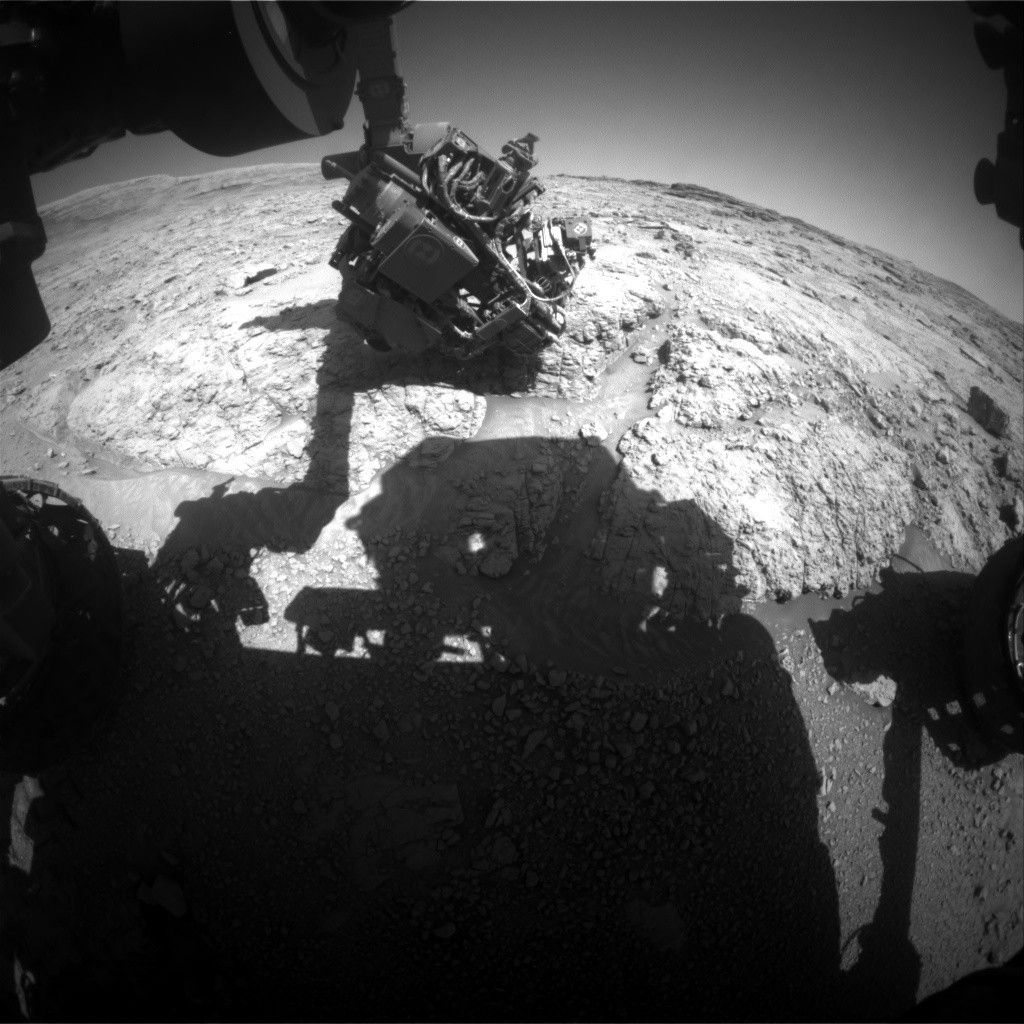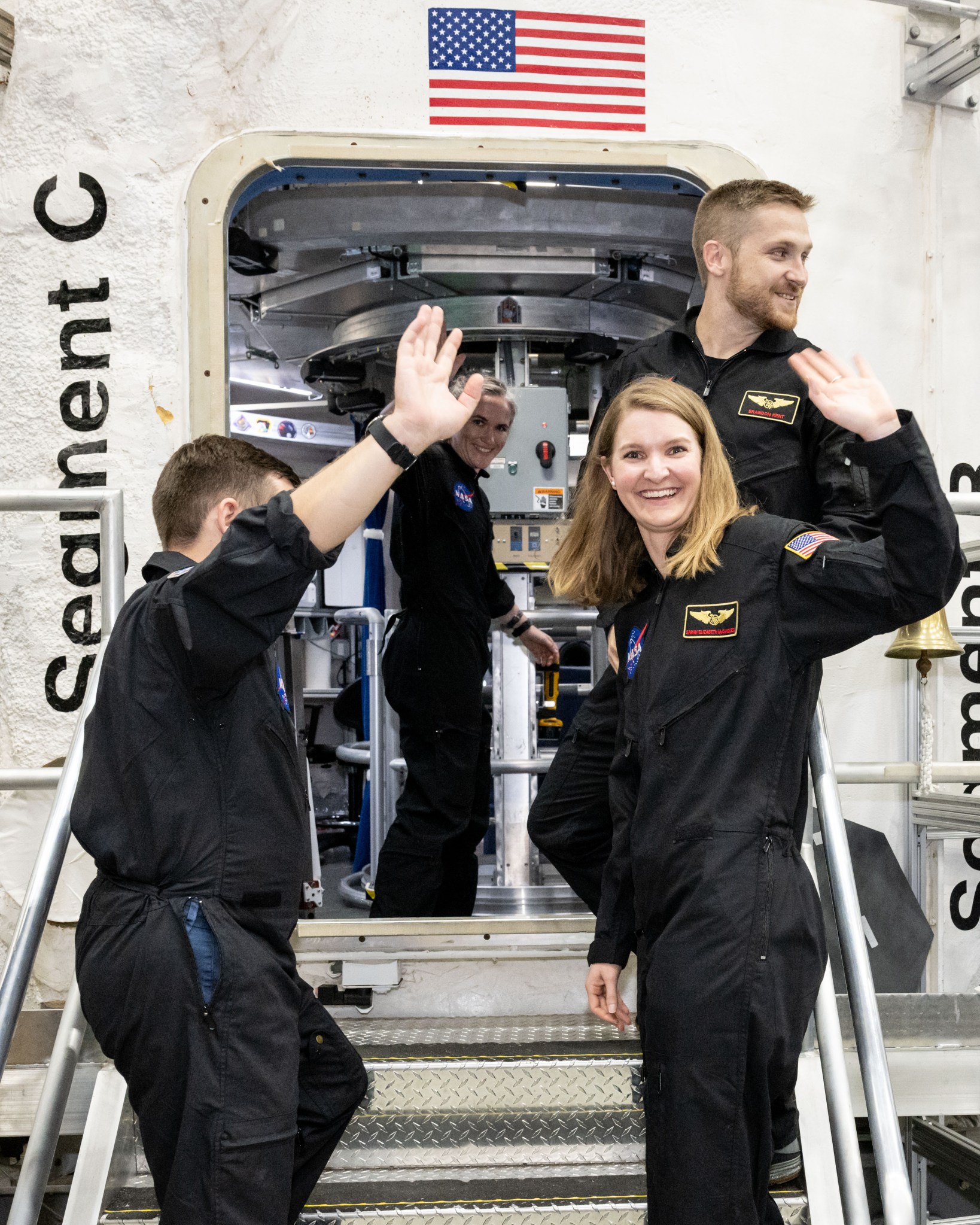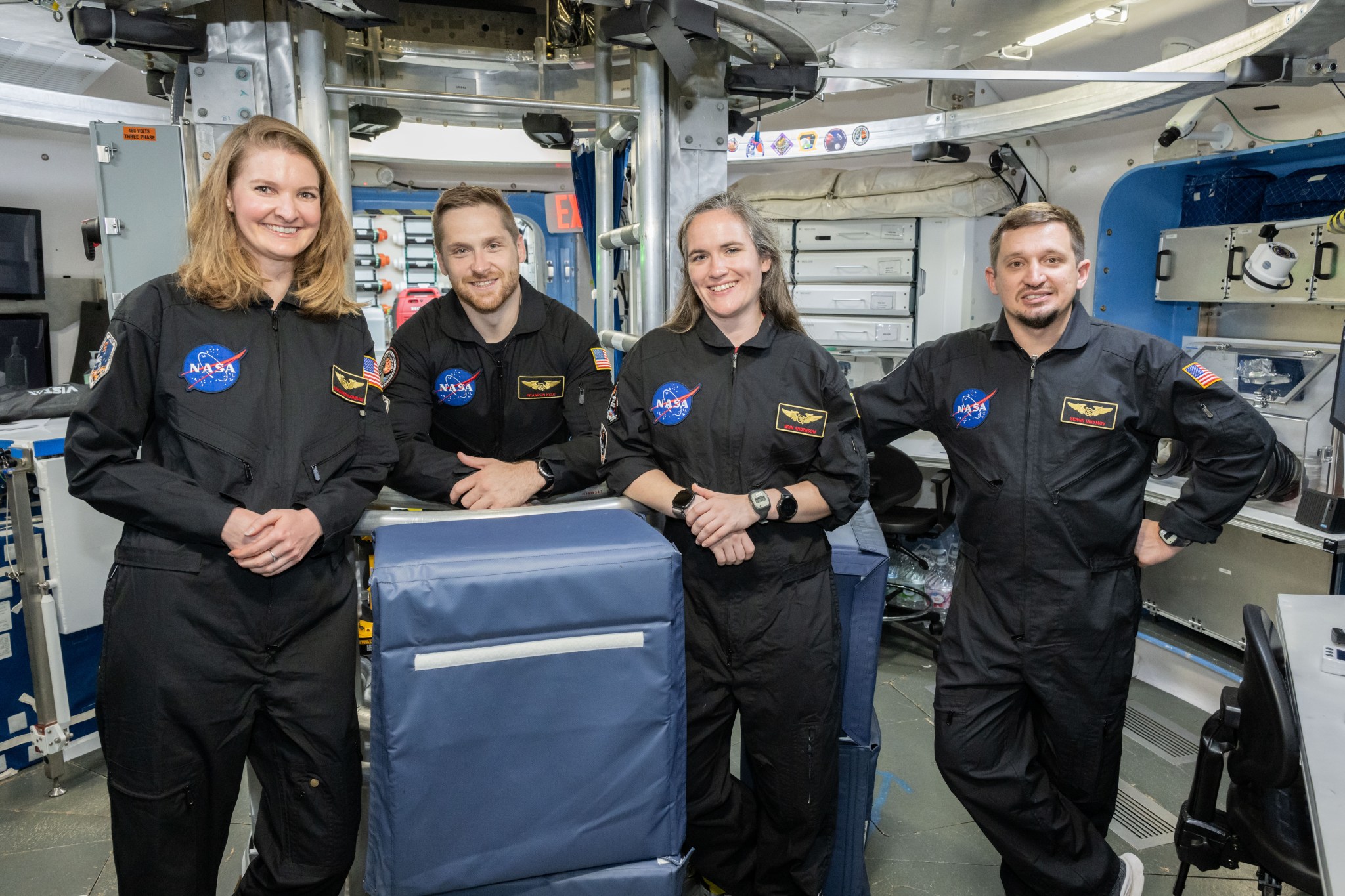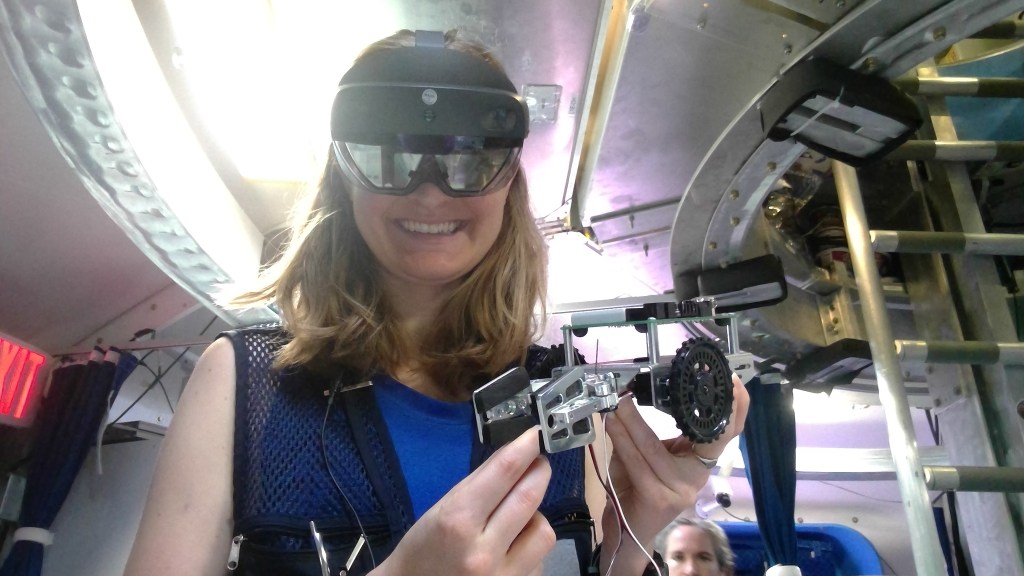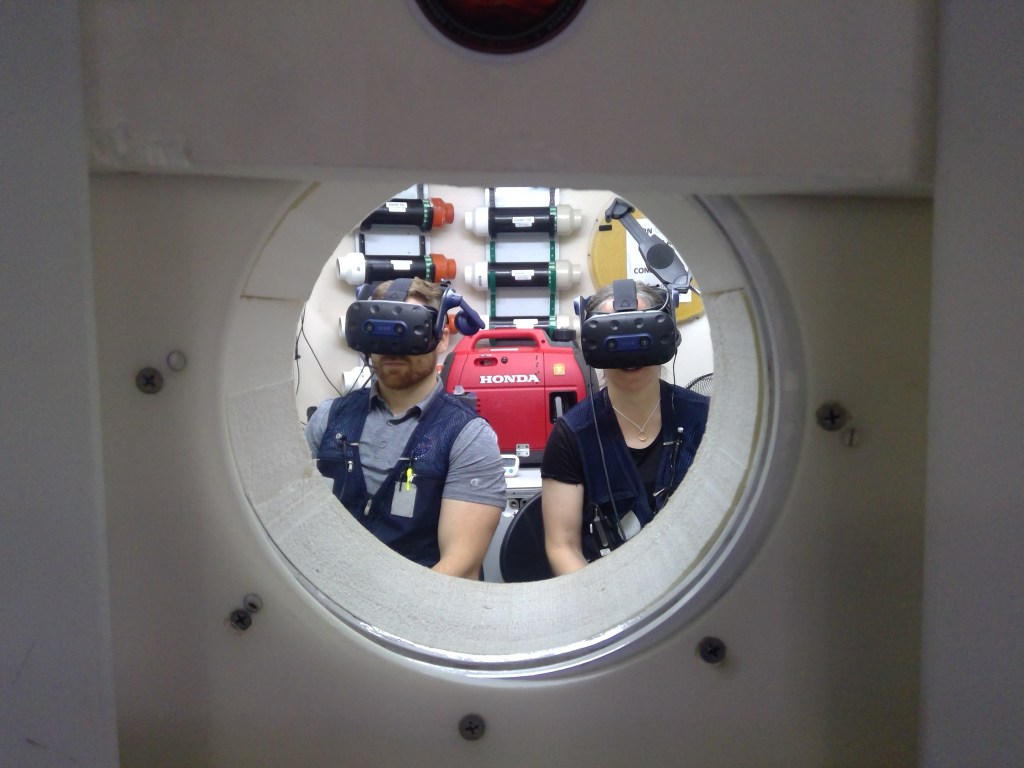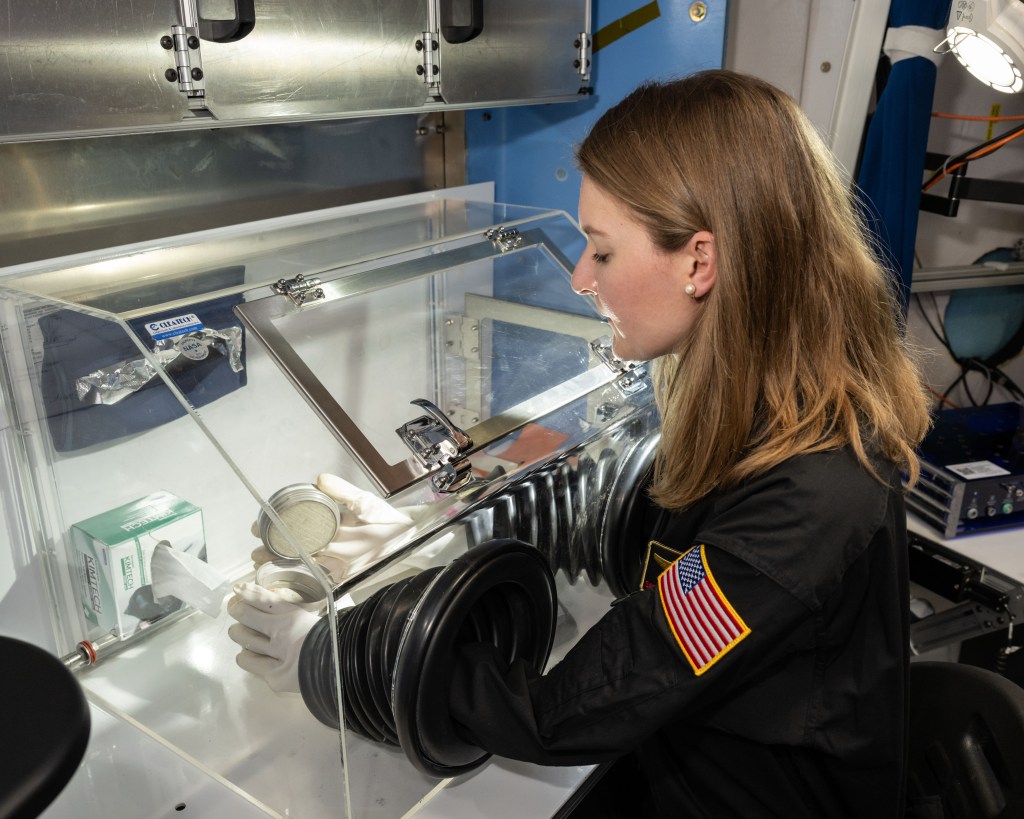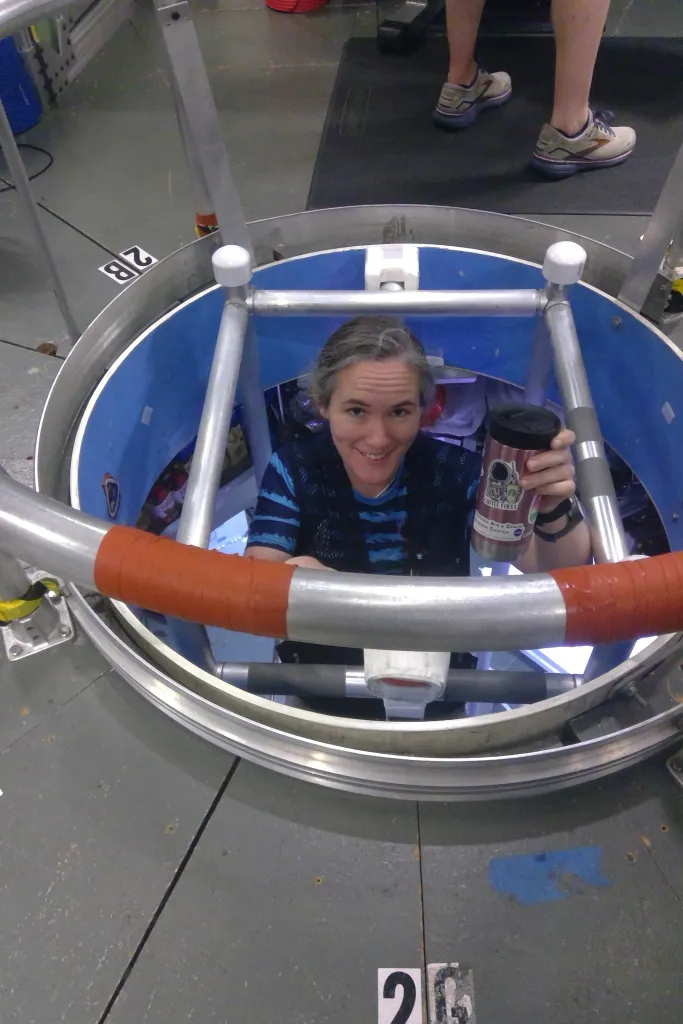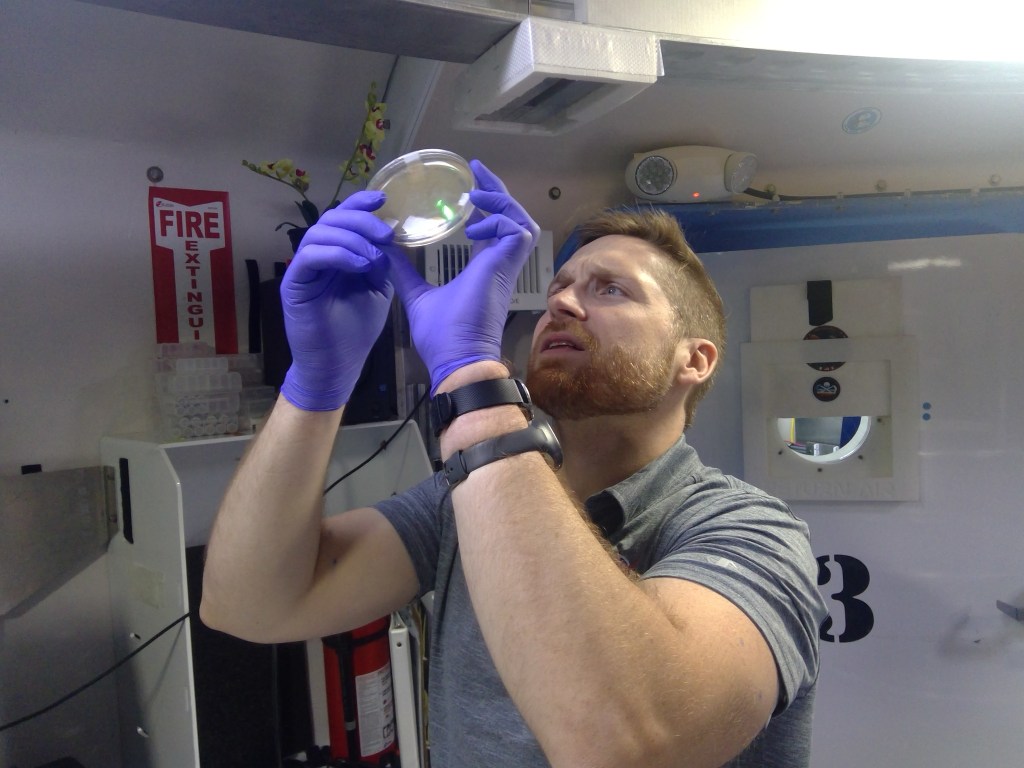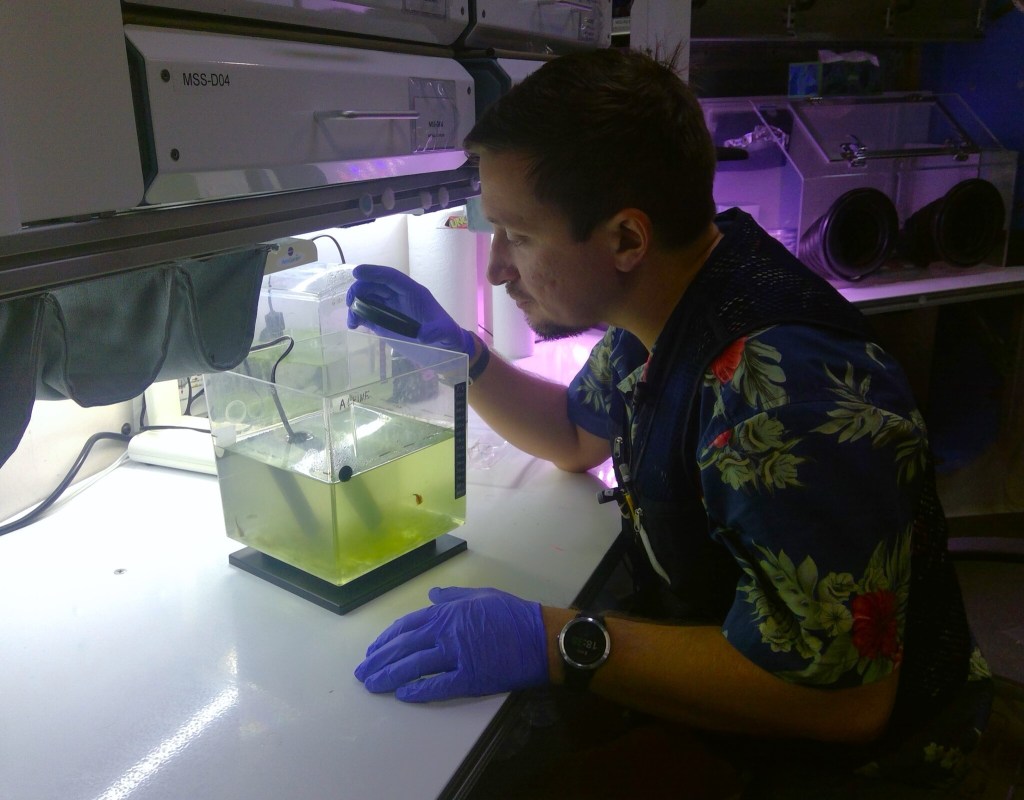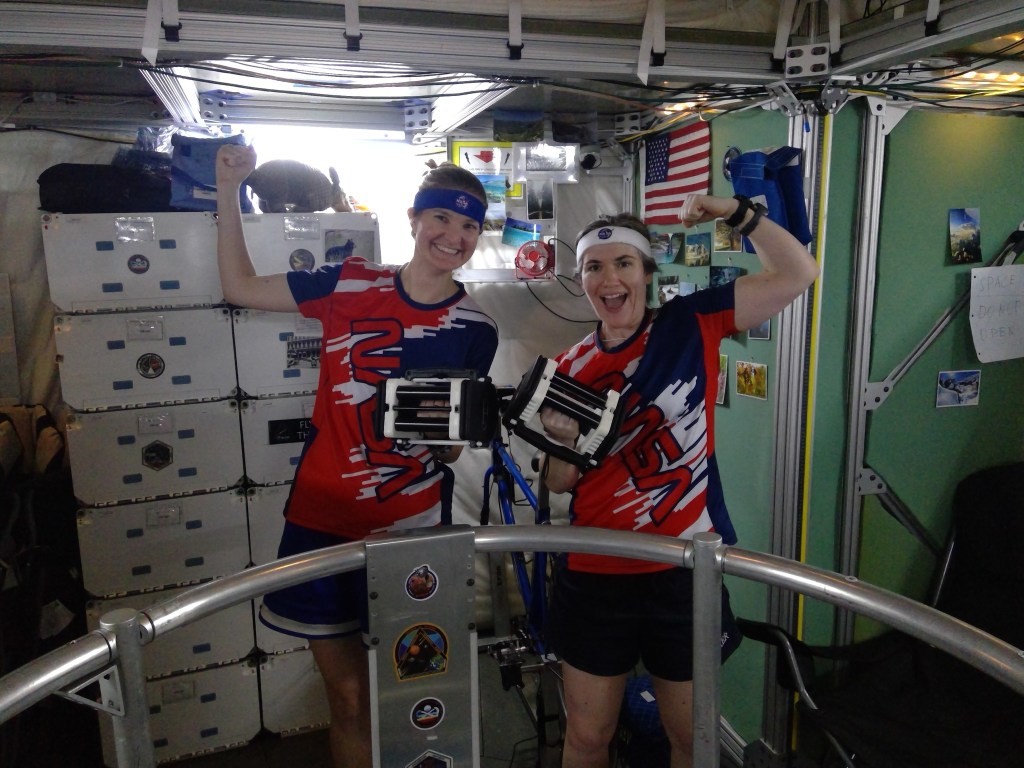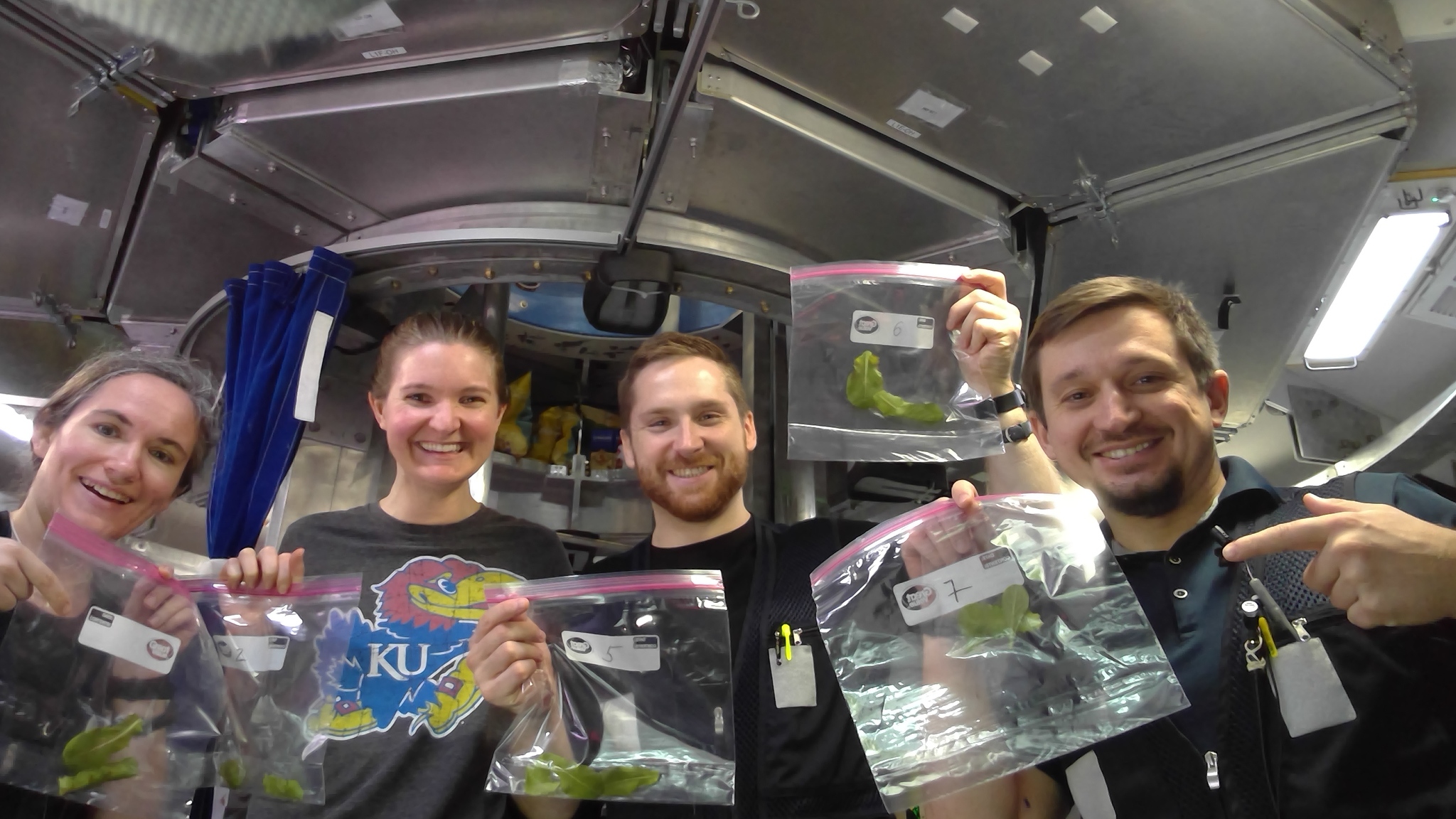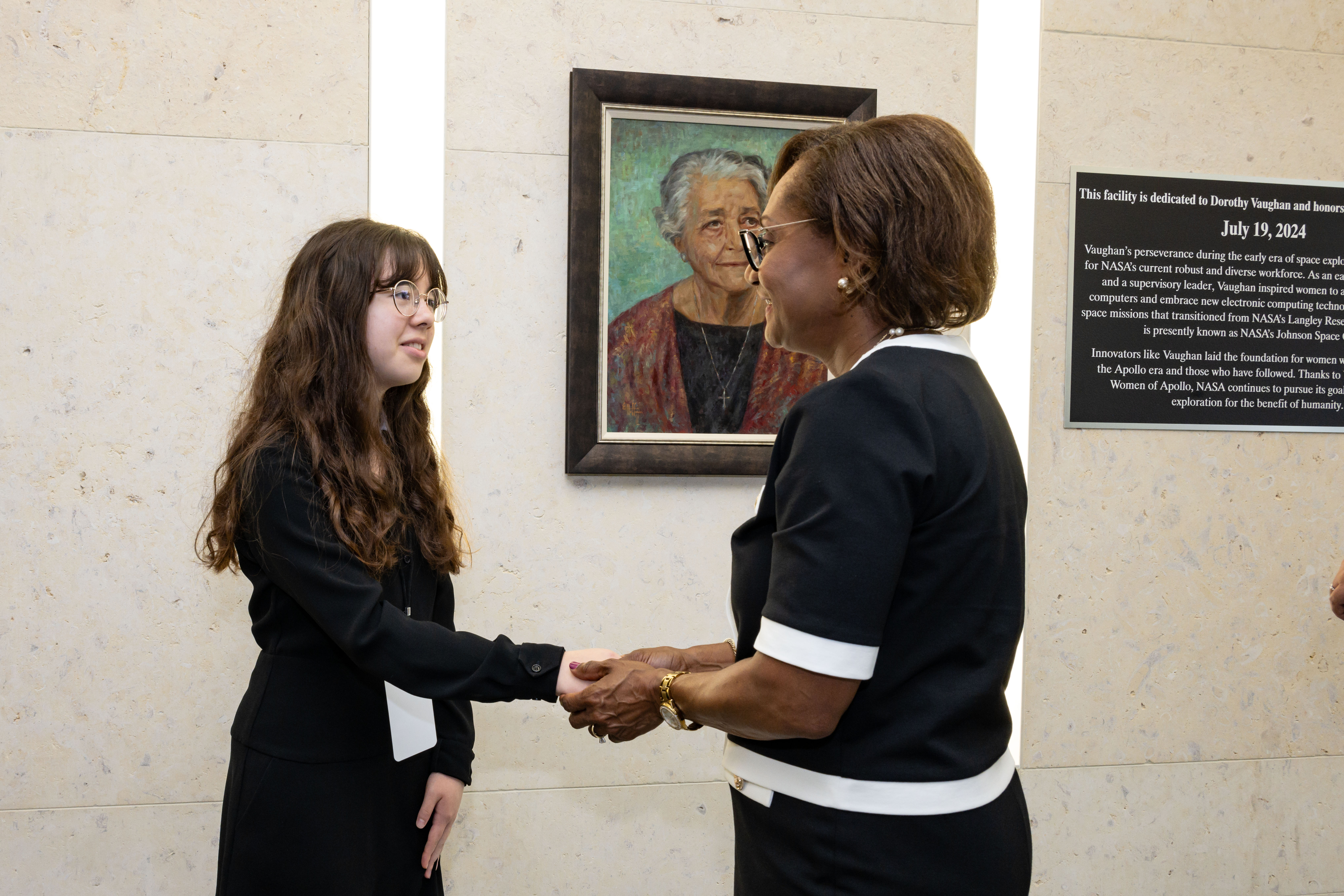Crew Returns from Simulated Trip to Mars—Take a Peek Inside their Journey
An all-volunteer crew on a simulated trip to Mars “returned” to Earth on Sept. 23, 2024, after being isolated in a tiny habitat at Johnson Space Center in Houston. Their work is contributing to the science that will propel humanity to the Moon and eventually Mars. The HERA missions provide valuable scientific insights into how […]
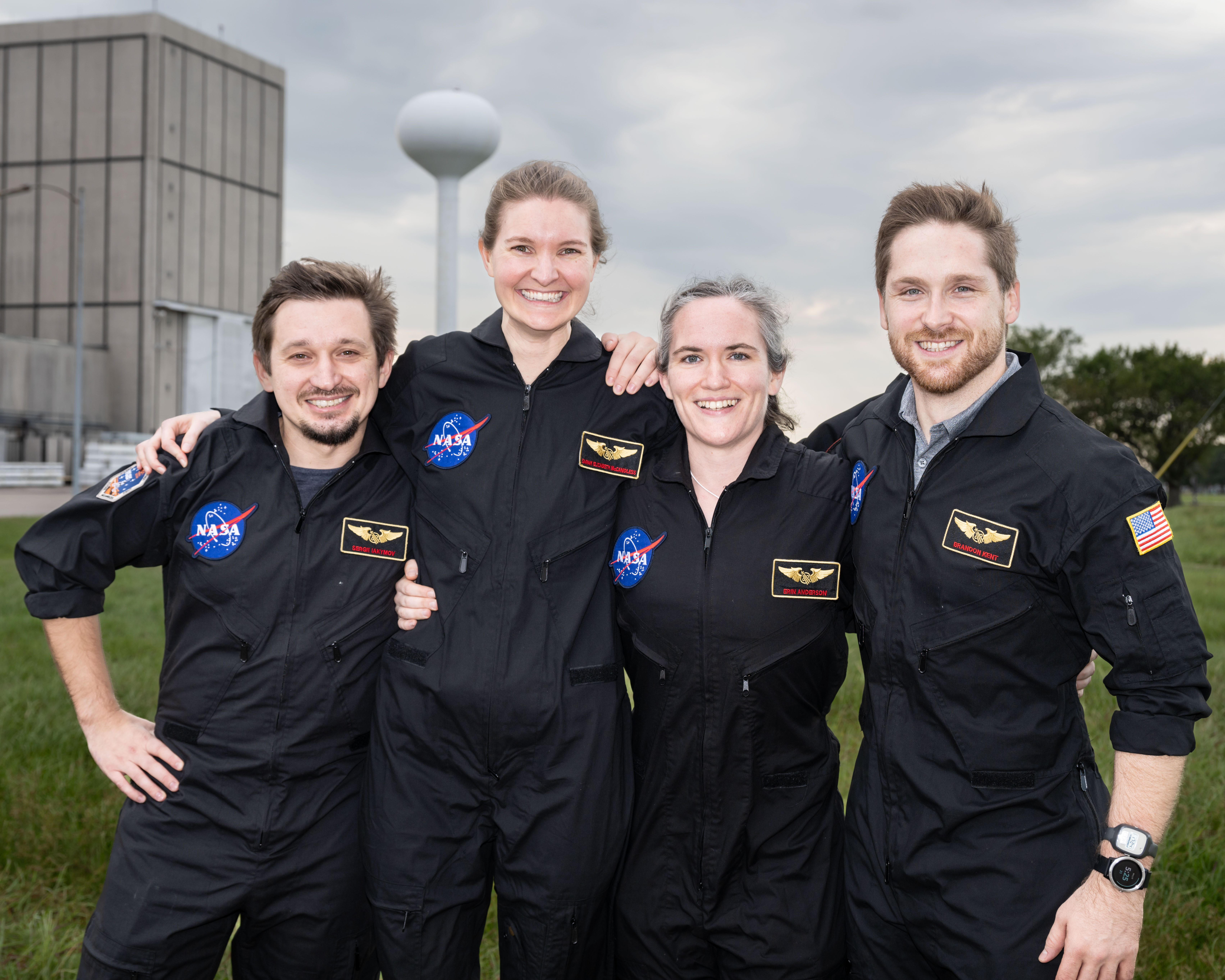
An all-volunteer crew on a simulated trip to Mars “returned” to Earth on Sept. 23, 2024, after being isolated in a tiny habitat at Johnson Space Center in Houston. Their work is contributing to the science that will propel humanity to the Moon and eventually Mars.
The HERA missions provide valuable scientific insights into how humans may respond to the confinement, demanding work-life conditions, and remote environments that astronauts may encounter on deep space missions. These insights help NASA prepare for humanity’s next giant leap to the Moon and Mars.
Campaign 7 Mission 3 started when HERA operations lead Ted Babic rang the bell outside the habitat 10 times, a ceremonial send-off wishing the crew a safe and successful simulated mission to Mars. Seven rings honored the campaign, and three more signaled the mission—continuing a long-standing tradition.
At ingress, Anderson, a structural engineer at NASA’s Langley Research Center in Virginia, told HERA’s mission control, “We’re going to take good care of this ship of yours on our journey.”
Life on a 45-Day Journey
The HERA crew members participated in 18 human health and performance studies, seven of which were led by scientists from outside the United States. These international studies are in collaboration with the United Arab Emirates’ Mohammed Bin Rashid Space Centre and the European Space Agency.
Throughout the simulation, the crew performed a variety of tasks. They harvested plants from a hydroponic garden, grew shrimp, deployed a small cube satellite to simulate data gathering, conducted a virtual reality “walk” on the surface of Mars, and flew simulated drones on the Martian terrain. These activities are designed to immerse the crew in the task-focused mindset of astronauts. NASA scientists then monitor HERA crew to assess how routine tasks, along with isolation and confinement, impact behavior and performance.
As their mission progressed, the team experienced longer communication delays with mission control, eventually reaching five-minute lags. This simulates the challenges astronauts might face on Mars, where delays could be up to 20 minutes. Scientists studying HERA crew are interested to see how this particular group builds independent, autonomous workflows, despite this communication delay.
Here are some snapshots of crew activities:
All crew members brought books to accompany them on their journey to the Red Planet, while Kent left behind letters for his two daughters to open each day.
McCandless also brought letters from loved ones, along with Legos, her favorite card game, and a vintage iPod.
Iakymov, an aerospace engineer with more than 15 years of experience in research and design, is carrying postcards and photos of family and friends.
Anderson, who describes herself as a massive space nerd, brought extra socks and “The Never Ending Story,” a book she has cherished throughout her life.
The crew all shared appreciation for being part of a mission that contributes to the aspirations of future human space exploration travel.
Returning to Earth
As the mission neared its end, McCandless and Anderson participated in a Groundlink—a live session connecting them with middle school students in a classroom in Coconut Grove, Florida, and in Olathe, Kansas. Groundlinks provide a unique opportunity for students to engage directly with crew members and learn about the realities of long-duration missions.
The students asked the crew about life inside the habitat, the challenges of isolation, and what it might be like to live on Mars. They were also curious about the crew’s favorite foods and activities. McCandless shared her love for cheddar crisps and freeze-dried Pad Thai and proudly showed off favorite sports teams from her home state of Kansas, much to the cheers of the crowd. Anderson displayed the massive collection of comics and fantasy books that she read inside the habitat.
In the late afternoon of Sept. 23, 2024, the crew egressed from HERA, marking the end of their 45-day simulated mission to Mars. After stepping out of the habitat, the crew expressed gratitude for the opportunity and reflected on the mission’s significance.
“Following our safe passage to Mars, and our safe return to Earth, as the crew of Campaign 7, Mission 3, we hereby officially transfer this exploration vessel to the flight analogs operations team,” said Kent. “We hope this vessel continues to serve as a safe home for future HERA crews.”
Want to Participate in HERA?
NASA is actively seeking healthy, non-smoking volunteers, aged 30 to 55, for future HERA missions. Volunteers, who will be compensated for their participation, must pass a physical and psychological assessment to qualify.
For those inspired to take part in this groundbreaking research, opportunities to join future HERA missions await:
What's Your Reaction?



















.jpg?#)














